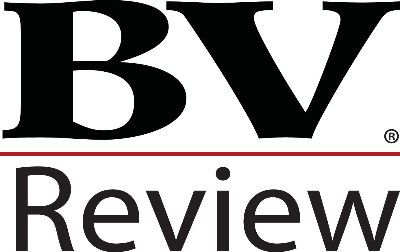The NICE Method Theory and Application
The Nonmarketable Investment Company Evaluation (NICE) Method, a valuation method under the Income Approach to value, determines the fair market value of noncontrolling equity interests in closely held investment entities such as family limited partnerships.1 In this paper I describe the theory of the method and the mechanics of its application in a valuation model. Recently, I have developed the Excel-based NICE-R Model, which is designed to be a transparent and user-friendly valuation tool.2 Finally, while this paper provides the basic NICE Method theory and my interpretations as to how the data are applied, the user of the model has the freedom to disagree and substitute her or his own opinions.

Cumulative probability of liquidation

Asset pricing and risk spread

HQM yield curve, source: Introduction to the HQM Yield Curve, US Department of the Treasury

Corporate bond returns exposures to fluctuations in Treasury bond liquidity and equity market liquidity

Large-cap IROM derived from HQM IROM

Components impacting fair market value
Contributor Notes
William H. Frazier is managing director in valuation services at Weaver, and a contributing author for Valuing a Business, 6th edition.

